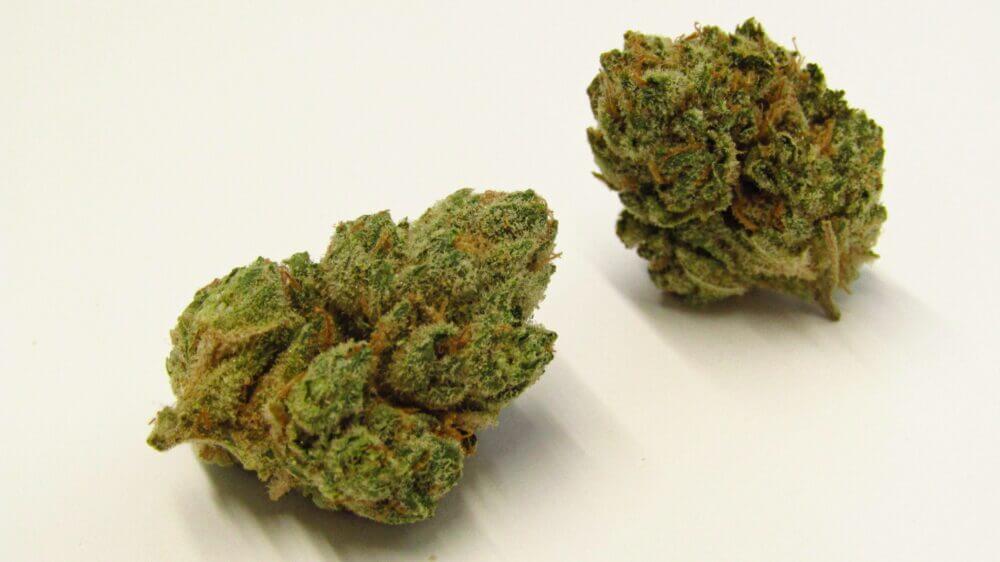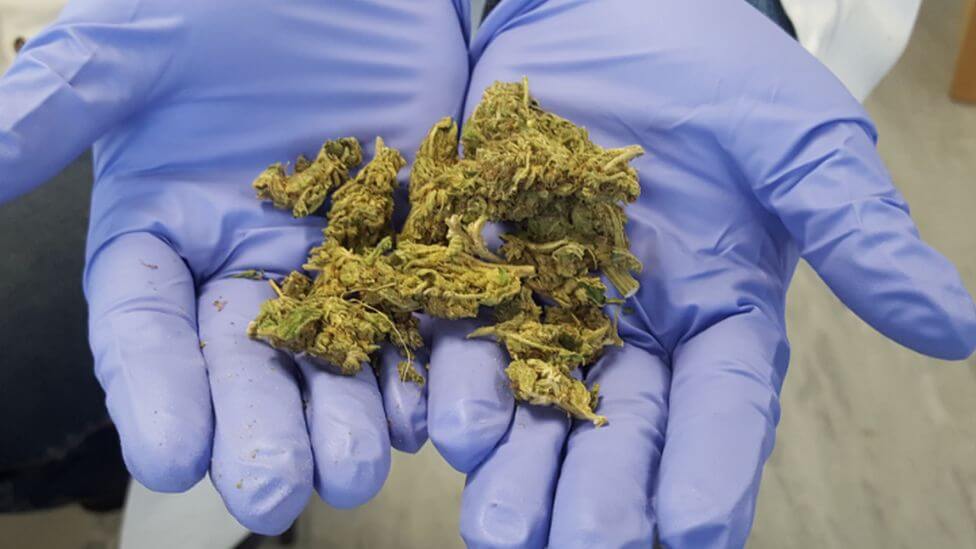
What Is Kush: Definition, Origin, Effects, Best Strains
The cannabis plant is a shapeshifter in the realm of flora, capable of being identified and grouped in an array of manners. Typically, its distinctive traits are utilized to classify it as sativa, hybrid, or indica. Nevertheless, contemporary culture has established a new vernacular, utilizing terms like Kush, Haze, and Purple to distinguish particular strains based on their unique attributes, including aroma, flavor, potency, and even place of origin.
Kush, undoubtedly, ranks among the topmost desired cannabis strains across the globe. It boasts a unique taste and powerful effects that have enchanted marijuana aficionados for ages. This strain has withstood the trials of time and remains a popular choice. But what precisely is Kush marijuana, and where did it originate? In this article, we’ll explore the fascinating history and roots of Kush, as well as its ability to affect both the mind and body. Moreover, we’ll examine some of the highest-rated varieties currently obtainable, so you can discover the ideal match for your requirements.
What is Kush?
Kush types belong to the indica strains, and they come in pure or hybrid varieties. The pure strains include Afghan, Hindu, Green, and Purple Kush, while the hybrid strains comprise Blueberry and Golden Jamaican Kush. Essentially, Kush weed represents a cluster of strains that possess common origins, impacts, and tastes, and it’s consumed for both medicinal and entertainment reasons. The exact genesis of this cluster is shrouded in mystery, but it’s generally accepted that it originated from the Hindu Kush mountain range, which spans Afghanistan, Pakistan, and India.
Kush strains have gained a reputation for their elevated THC levels, surpassing 20% in some cases, which ranks them among the most powerful cultivars available. Growing these varieties is no easy feat, requiring specific environmental conditions and expert cultivation techniques. Nonetheless, numerous growers are convinced that the top-notch quality of Kush strains justifies the hard work. Whether you’re an ardent fan of this cannabis group or just interested in exploring, it’s undoubtedly one of the most exceptional and beloved marijuana families worldwide.
Typical features characteristic of Kush weed
Appearance: Kush is an exceptional plant that captures one’s attention effortlessly. Its flowers are compact and petite, flaunting a beautiful fusion of hues that span from lively green to regal purple and earthy orange shades. The foliage is broad and boasts a luscious green tone that exudes life. To top it off, the leaves are coated with a generous layer of velvety trichomes, which harbor a vast array of cannabinoids and terpenes that give these plants their unique character.
Flavor: Kush’s flavor is a sensory orchestra, with a delightful fusion of earthy and woody flavors that dance in perfect harmony alongside intricate and subtle hints of spice and sweetness. Although the strain and cultivation techniques can slightly alter the flavor, it’s impossible to deny the rich and lavish taste that will remain imprinted in your mind long after the initial experience.
Aroma: The aroma of Kush embodies the quintessence of the great outdoors — it may range from woody and flowery to tangy, resinous, fruity, spicy, zesty, gassy, or herbal. It emanates a particular musty attribute that is instantly distinguishable. Its perfume can be rather potent and can waft in the atmosphere for hours, even after the marijuana has been enjoyed.
The main effects that can be obtained from the Kush cannabis
The Kush marijuana is famed for its mighty impact, with variations in strength contingent on the particular blend and the person partaking. Nevertheless, there are some common outcomes usually associated with the Kush types, including:
- Relaxation. If you’re looking to unwind and relax before dozing off, these strains are a must-try. They have gained popularity for their exceptional ability to pacify and alleviate stress and unease, allowing you to have a peaceful and restful slumber.
- Improved mood. Certain strains can evoke emotions of delight and contentment, potentially conferring advantages for individuals struggling with mental health challenges like depression.
- Stimulated Appetite. Specific strains possess the ability to stimulate hunger, presenting a valuable aid for individuals who struggle with appetite difficulties due to eating disorders or similar health issues.
- Creativity boost. Many users have claimed to feel more imaginative and inspired after using Kush, making it a preferred option for artists and musicians who seek to ignite their creative spark.
It is worth mentioning that Kush may present some possible adverse effects, such as parched mouth, bloodshot eyes, and vertigo. Moreover, in some instances, one may feel unpleasant symptoms like nervousness or suspicion, especially if taken in high dosages or by inexperienced individuals. As with any cannabis product, it is essential to begin with a small amount and gradually raise it as necessary to steer clear of any undesirable outcomes.
The best Kush strains
The world of Kush strains is akin to a precious trove brimming with a diverse array of options that flaunt their unique characteristics and effects. As you venture into this captivating universe, you’ll be greeted with an abundance of strains that are beloved and revered by many:
- OG Kush is a celebrated and extensively utilized variety, renowned for inducing a calming and blissful state, alongside its distinct blend of earthly and piney notes. Its potency is undeniable, with a THC level that can reach up to an impressive 27%, placing it among the most powerful strains obtainable.
- Bubba Kush, a distinctive California marijuana strain, with an approximate THC content of 18-20%, is renowned for its heavy tranquilizing effects, sweet hashish flavors with notes of chocolate and coffee, dreamy euphoria that crushes stress, and its bulky forest green to pale purple bud structure.
- Purple Kush, with its mesmerizing appearance, is a highly effective strain that delivers a strong blow when it comes to relaxation and pain relief. Its enticing and organic flavor profile further accentuates its appeal, while its THC concentration reaching a whopping 27% puts it in the upper echelons of potency among other strains.
- Master Kush has stood the test of time as a beloved choice for cannabis aficionados due to its ability to energize the mind and ignite creativity. Its sweet and spicy flavors harmonize in a delightful dance on the taste buds, and its THC content, usually between 15-20%, ensures a satisfying and immersive experience.
- Hindu Kush, a true indica strain, holds a special place in the world of cannabis as one of the original cultivars. Its alluring mix of spicy and earthy flavors mesmerizes the senses, while its calming and sedative effects make it an ideal choice for winding down in the evening. With THC levels averaging around 18%, this strain delivers a potent yet relaxing experience.
There are several other sought-after varieties that you can consider, such as Kosher, Obama, and Opal Kush. Each of these strains boasts its distinct qualities and influences, making it essential to conduct some exploration and experimentation to pinpoint the option that caters to your particular requirements and preferences.
Essentially, Kush is a clan of cannabis strains hailing from the hilly terrains of Afghanistan and Pakistan. These breeds are renowned for their potent effects, which may differ depending on the strain and the individual’s subjective experience. Some of the common sensations associated with this marijuana variant include a sense of calmness, euphoria, heightened appetite, and creativity. It is imperative to exercise prudence when consuming Kush, as with any other cannabis product, and abide by the legal regulations in your locality.


